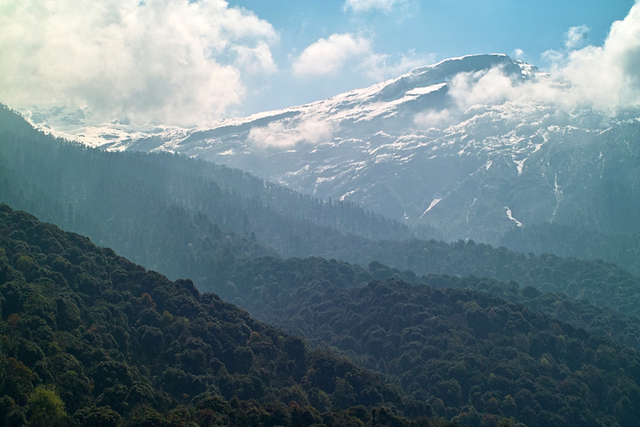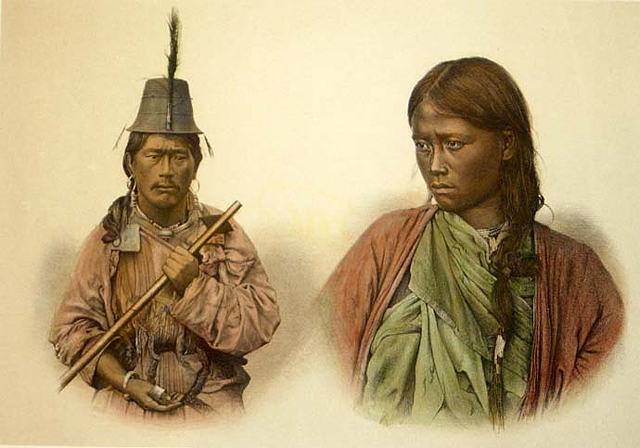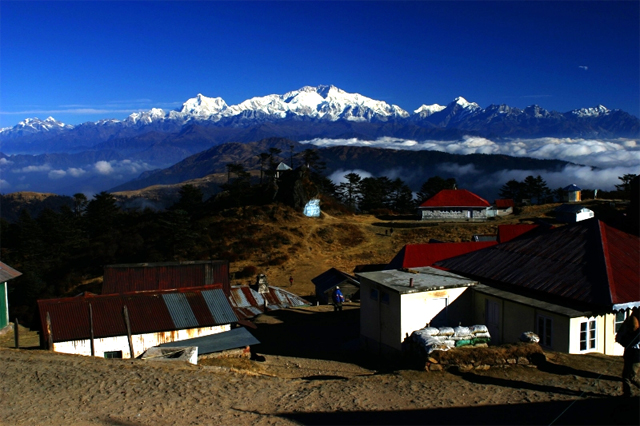In 2006, the Lepchas of Sikkim became alarmed about proposals to build dams in the Teesta River basin, including ones in their Dzongu Reserve. Their protests, and their other responses to the dam-builders, form the subject of an article in Live History India, a digital platform that launched in 2017 to examine and reveal the rich cultural experiences of the subcontinent. Even though many of the events described by the late-November article were covered in the “News and Reviews” feature of this website, the careful review provided by Live History India is worthwhile.

The basis of Lepcha concerns about hydroelectric dams has been their feeling that they would irreparably harm the ecosystem. As protests gained steam in 2006 and 2007, the people widely supported roadblocks and hunger strikes protesting the proposals. The protests were quite effective and led to the state government cancelling four out of the six projects in the Dzongu. The two remaining ones are still under construction on the Rongyong River, a Teesta tributary.
The authors write that the uncaring dam-builders and the popular protests awakened in the Lepcha the need to do more than demonstrate. A new organization established to fight the destruction of the sacred land, called “Affected Citizens of Teesta,” focused on forming sustainable alternatives to power dams on sacred rivers. Why not play to the strengths of the Lepcha themselves? They are a unique indigenous community living in a spectacular landscape at the base of the world’s third highest peak, Mt. Kanchenjunga—an area ripe for more tourism, they felt.

Late in 2008, college graduates Gyatso Lepcha, Kachyo Lepcha, Tenzing Lepcha, and Dupden Lepcha began a project of encouraging local homeowners in the Dzongu to open their homes to home-stays. They said that their plan would increase employment and provide a boost to the local economy—other than by building big dams. The initiation of the home-stay movement fostered pride among the residents of the reserve and it led to a revival of the traditional Lepcha cuisine—tubers, roots, and buckwheat pancakes—not only for tourists but also for members of the younger generation.
The advent of home-stays and the tourists they attracted helped promote ancillary businesses such as car rentals, tour operators, guides, and of course local shops. In 2010, the crown prince of Norway and his family visited the Dzongu and stayed in one of the new tourist facilities. The state government saw the value of the tourists and became quite interested in helping to promote their visiting. The government now helps sponsor the ancient Lepcha festival Tendong Lho Rum Faat every August as part of its tourist initiative.

The designation of the Kanchenjunga National Park as a World Heritage site by UNESCO in 2016 acknowledged the extraordinary importance of the Dzongu and the traditional Lepcha presence in Sikkim. As the writers put it, the designation “acknowledged [the] sacred meanings, stories and practices [of the Lepcha] as an integral part of Sikkimese identity.”
The article concluded that the protest movement beginning in 2006 was not so much formed in opposition to economic development as it was started in order to preserve the ties between Lepcha culture and the spectacular natural environment they live in. The 7000 Lepcha living in the region still cherish those ties.